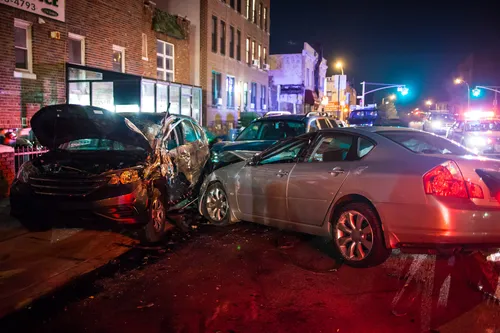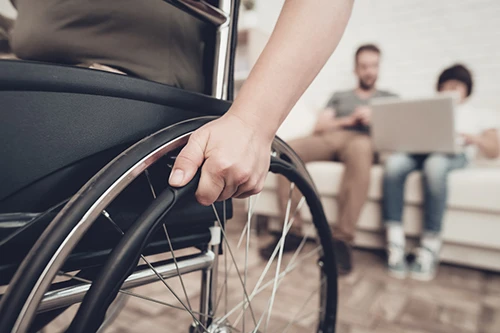Cruising down the highway on a motorcycle is a thrilling experience, but you must keep in mind that with great thrills comes great responsibility. The chances of being involved in a motor vehicle accident while on your motorcycle is astronomically higher than becoming a victim while driving/riding in a car.
The Insurance Information Institute reports that, in 2016, the rate of fatal motorcycle crashes was 62.46 per 100,000 registered vehicles and 26.52 per 100 million vehicle miles traveled. Compare that to passenger cars, with a fatal crash rate of 15.45 per 100,000 registered vehicles and 1.45 per 100 million vehicle miles traveled.
Hence the abundance of safety laws that motorcycle riders should abide by while riding — those laws exist to ensure the riders’ safety. Below, you’ll find an overview of the safety requirements Florida enforces.
List of Safety Requirements in Florida
It is important to keep in mind that these safety requirements only apply to standard motorcycles. The following motorcycle types are exempt:
- Motorcycles with 2 brake horsepower or less
- Bikes with a motor displacement of 50 cubic centimeters or less
- Motorcycles incapable of traveling over 30 mph
Eye Protection. You are required to wear eye protection, such as goggles that are compliant with the standards enforced by the Department of Transportation.
Helmets. Helmets are absolutely required for any riders under the age of 21. For riders aged 21 and over, those who carry an insurance policy with at least $10,000 in medical benefits are not required to wear a helmet.
Additionally, helmet speakers are only allowed for communication use. Headphones/earphones are not permitted.
Lights and mirrors. Motorcycle operators are required to ride a bike with working taillights and headlights. Motorcycles must also have functional reflectors, turn signals, and ride side near-view mirrors. Daytime headlights are required in the state of Florida.
Additional motorcycle parts. Motorcycles are mandated to have handlebars, stop lamps, and footrests.
Passenger equipment. Passengers are only allowed to ride motorcycles that are designed to fit two people. The second seat may be behind or next to the driver’s seat so long as the rider isn’t obstructed by the position of the seat in any way.
License plates. Florida state law obligates riders under the age of 21 to have a license plate indicative of the licensee’s age, e.g., a plate with a different color and design.
Endorsement. Riders in Florida need to have an endorsement on their driver’s license through the Florida Department of Motor Vehicles, or they will be required to hold a separate “Motorcycle Only” license. Those who received their driver’s license after July 1, 2008, must complete the Basic RiderCourse (BRC) or Basic RiderCourse updated (BRCu) in order to receive an endorsement to ride motorcycles. Riders with three-wheeled motorcycles must complete either the 3-Wheel Basic RiderCourse (3WBRC) or the S/TEP-Sidecar/Trike Education Program before receiving their endorsement.
Lane splitting. Lane splitting is 100 percent prohibited in the state of Florida.
Insurance requirements. Florida riders must carry the following insurance policy, at minimum:
- 20,000 bodily injury
- 10,000 per-person bodily injury
- 10,000 property damage
- 30,000 single-limit liability
The rules of the road. All Floridian motorists, including motorcyclists, must comply with the laws of the road. As a biker, you must obey all traffic signals and laws, but you also retain the same rights as any other driver. An additional road rule that motorcycle riders can keep in mind is that they can share their lane with another motorcyclist.
Remember: these laws are for your safety!
There are a few safety requirements in Florida to adhere to, but it’s for your own safety. Failure to comply with any of Florida’s safety requirements leads to a civil infraction, which, while they aren’t criminal, would lead to penalties on your license.
Keep these laws in mind as you gear up and stay safe on the road!



